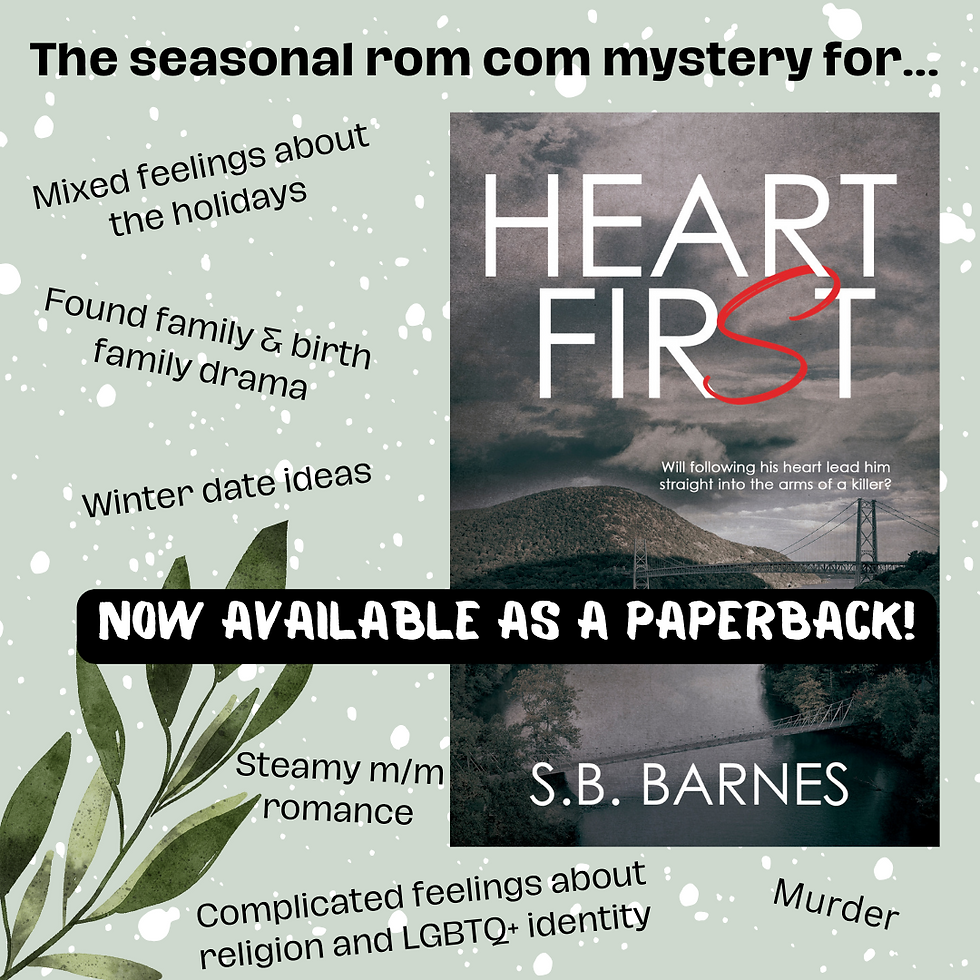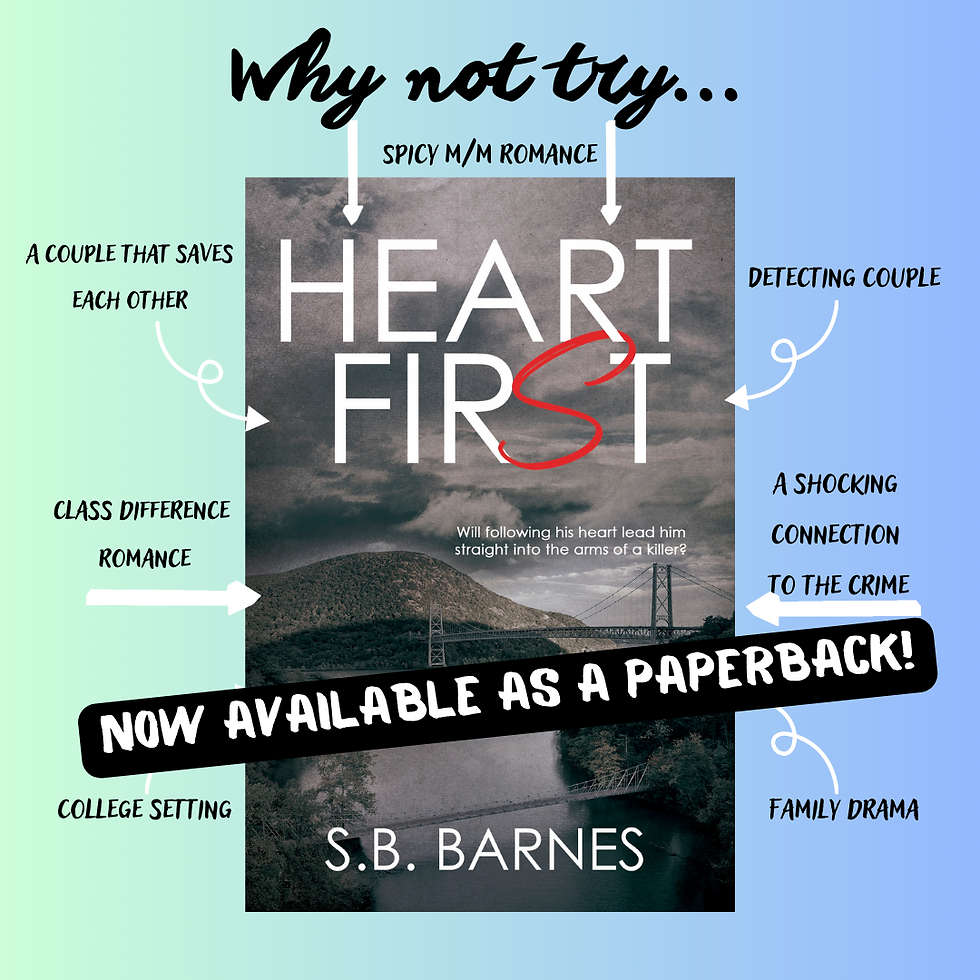
These are two promo images I made for Heart First. Both of them are accurate in that they note things that are in the book and both of them are advertisement in that they are supposed to be things that might draw readers in to find out more, or to hopefully read the book.
Making them was very awkward for me.
Not to be all “oh woe is me, I got to publish a book and now I have to promote it”, I know I got very lucky and I’m thrilled by the chance to publish anything. I’m not a natural fit for the kind of self-promotion authors are expected to do these days for a lot of reasons (posting these kinds of images makes me feel like a self-aggrandizing jerk, I get burned out on most social media after a couple days of regular use, etc. etc.) but I accept it as part of the deal. I’m also currently lucky enough to have time to do this, a situation which will change in the imminent future.

But it’s also this kind of image specifically. I see them for a lot of books and I would term it the hashtagification of genre fiction. Or, if you’re cool like me, the ao3-tagification. The point is to outline tropes that come up in the work in a shorthand familiar to audiences of the genre. Things like “spicy” or “steamy” indicate that there’s on-page sexual content. Phrases like “detecting couple” or “murder” clue in the reader that it’s a mystery and a romance. “Found family” indicates that the non-romantic relationships of the characters are also important to the book. It’s a way of enticing a reader without even the effort of having to read the blurb; it’s also indicative of how books are sold.
Most sites where you can buy books operate on a keyword system. Amazon does; Smashwords does; cataloguing sites like Goodreads, Storygraph and romance.io rely on readers to provide keywords. And those keywords are most often tropes and content found within the book. You get this on social media sites as well, when readers ask for book recommendations. A lot of the time, the request will be for a trope, like “friends to lovers” or “second chance romance”. Sometimes the requester will mention specific books within that trope they particularly liked as a starting point, too, but often it’s all keyword-based.
This isn’t a criticism of that trend; it’s an easy way to catalogue in an incredibly expansive literary market. The more digital reading gets, the more the work of cataloguing becomes a communal project taken on by authors and readers. Authors want readers to find their work based on content; readers want to organize their libraries for themselves and others to make similar works findable. Speaking for myself, it’s more intuitive than the Dewey Decimal System at least.
At the same time, there are drawbacks to it. Chief among them being, it can reduce a work down to tropes. And a trope is not the sum of a book! A book can have the keywords “friends to lovers” but that doesn’t tell us how close the friendship is, how long the characters have been friends, how laden with backstory their friendship might be. It also doesn’t tell us what kind of book this is. Is it a light and fluffy romance novel? Is it a serious, angsty romance novel? Both of these things exist, and both could be marketed using “friends to lovers” and “mutual pining”. A graphic like the ones above can’t really get away with using a phrase like “in-depth characterization” or “this is a serious book”, not least because it implies something negative about other books.
Furthermore, these are not the images I had to make. I could have made this image.

For the record, this is also an accurate image. Daniel is Jewish, albeit non-practicing. He’s also very anxious, although he doesn’t have a clinical diagnosis. As for “demi awakening”, well, that’s Tony’s story and he’ll get to tell it in the second book (which is why it isn’t something I’ve mentioned at all about Heart First, because Heart First is Daniel’s book and he doesn’t know that about Tony).
I’ve seen a lot of these, and I have really split opinions about them. On the one hand, #ownvoices is a really important movement because the publishing industry is incredibly stacked against writers of color and writers in the lgbtq+ community. One would think it would be better in a field like M/M romance, but it isn’t always, especially with big publishers, and that’s to say nothing of the drastic comparison between the numbers M/M romance does versus F/F romance. Using advertising like this to draw attention to authors writing intersectionally and authentically is incredibly important both for readers within those communities to find authors they want to read, and for readers outside those communities to become sensitized to the issues at stake.
Of course, it’s not just writers who belong to these groups who write about these characters, and a lot of writers use this type of template regardless of whether or not they belong to the group. And on the one hand, they absolutely should. No writer owes their readers full disclosure about their identity (there’s a reason my profile pic is the back of my head), and pressure on authors to be a certain identity in order to write about it is nothing but harmful.
On the other hand, a similar problem presents itself as with tropes in general. Had I used this image instead of the ones I did use, would “Jewish MC” have been misleading? As said, Daniel is Jewish and he struggles with his identity, but he doesn’t practice and it’s not in the foreground of the book. I’m also not Jewish and didn’t really feel like it was my place to use identity as advertisement. Instead, I used much vaguer and less catchy descriptors that I thought were more accurate, at the potential cost of losing readers who were looking specifically for that identifier. And this is coming at the issue with a non-cynical approach; a more hardened look might tell you that often, racial, cultural or sexual identity is used as advertisement for books where that factor plays little to no part.
So in summary, this kind of image: perfect social media fodder because it’s eye-catching and tells you a lot about the book in a short time? Or are we authors reducing a book to tropes when that threatens to flatten the book’s best qualities? And is it really okay to use identity as advertisement or does it always depend on who is doing it?
Comments